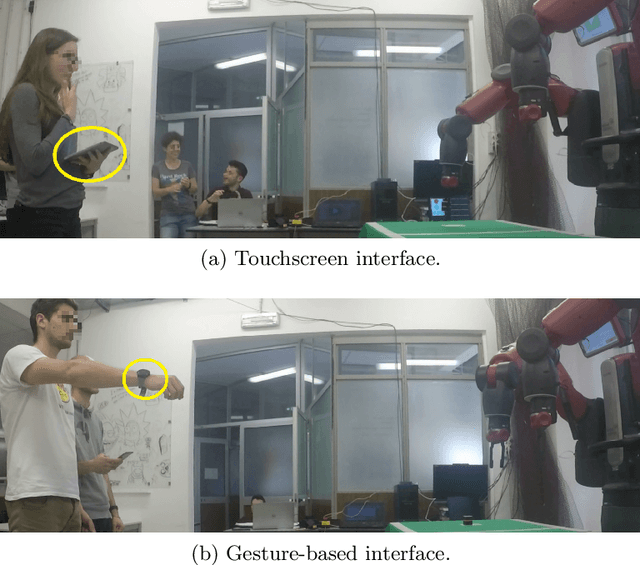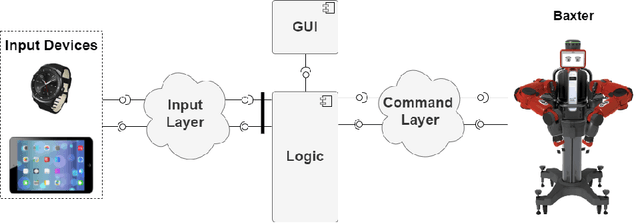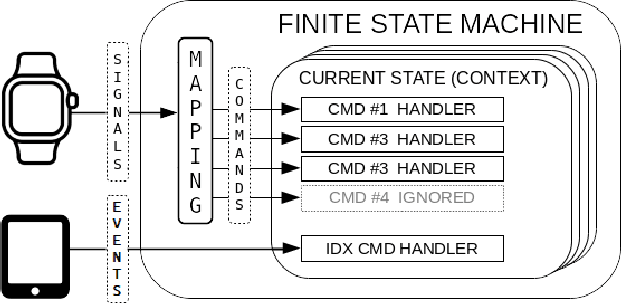Simone Macciò
IFRA: a machine learning-based Instrumented Fall Risk Assessment Scale derived from Instrumented Timed Up and Go test in stroke patients
Jan 16, 2025



Abstract:Effective fall risk assessment is critical for post-stroke patients. The present study proposes a novel, data-informed fall risk assessment method based on the instrumented Timed Up and Go (ITUG) test data, bringing in many mobility measures that traditional clinical scales fail to capture. IFRA, which stands for Instrumented Fall Risk Assessment, has been developed using a two-step process: first, features with the highest predictive power among those collected in a ITUG test have been identified using machine learning techniques; then, a strategy is proposed to stratify patients into low, medium, or high-risk strata. The dataset used in our analysis consists of 142 participants, out of which 93 were used for training (15 synthetically generated), 17 for validation and 32 to test the resulting IFRA scale (22 non-fallers and 10 fallers). Features considered in the IFRA scale include gait speed, vertical acceleration during sit-to-walk transition, and turning angular velocity, which align well with established literature on the risk of fall in neurological patients. In a comparison with traditional clinical scales such as the traditional Timed Up & Go and the Mini-BESTest, IFRA demonstrates competitive performance, being the only scale to correctly assign more than half of the fallers to the high-risk stratum (Fischer's Exact test p = 0.004). Despite the dataset's limited size, this is the first proof-of-concept study to pave the way for future evidence regarding the use of IFRA tool for continuous patient monitoring and fall prevention both in clinical stroke rehabilitation and at home post-discharge.
RICO-MR: An Open-Source Architecture for Robot Intent Communication through Mixed Reality
Sep 09, 2023



Abstract:This article presents an open-source architecture for conveying robots' intentions to human teammates using Mixed Reality and Head-Mounted Displays. The architecture has been developed focusing on its modularity and re-usability aspects. Both binaries and source code are available, enabling researchers and companies to adopt the proposed architecture as a standalone solution or to integrate it in more comprehensive implementations. Due to its scalability, the proposed architecture can be easily employed to develop shared Mixed Reality experiences involving multiple robots and human teammates in complex collaborative scenarios.
Gestural and Touchscreen Interaction for Human-Robot Collaboration: a Comparative Study
Jul 08, 2022



Abstract:Close human-robot interaction (HRI), especially in industrial scenarios, has been vastly investigated for the advantages of combining human and robot skills. For an effective HRI, the validity of currently available human-machine communication media or tools should be questioned, and new communication modalities should be explored. This article proposes a modular architecture allowing human operators to interact with robots through different modalities. In particular, we implemented the architecture to handle gestural and touchscreen input, respectively, using a smartwatch and a tablet. Finally, we performed a comparative user experience study between these two modalities.
Mixed Reality as Communication Medium for Human-Robot Collaboration
Jun 30, 2022



Abstract:Humans engaged in collaborative activities are naturally able to convey their intentions to teammates through multi-modal communication, which is made up of explicit and implicit cues. Similarly, a more natural form of human-robot collaboration may be achieved by enabling robots to convey their intentions to human teammates via multiple communication channels. In this paper, we postulate that a better communication may take place should collaborative robots be able to anticipate their movements to human teammates in an intuitive way. In order to support such a claim, we propose a robot system's architecture through which robots can communicate planned motions to human teammates leveraging a Mixed Reality interface powered by modern head-mounted displays. Specifically, the robot's hologram, which is superimposed to the real robot in the human teammate's point of view, shows the robot's future movements, allowing the human to understand them in advance, and possibly react to them in an appropriate way. We conduct a preliminary user study to evaluate the effectiveness of the proposed anticipatory visualization during a complex collaborative task. The experimental results suggest that an improved and more natural collaboration can be achieved by employing this anticipatory communication mode.
 Add to Chrome
Add to Chrome Add to Firefox
Add to Firefox Add to Edge
Add to Edge